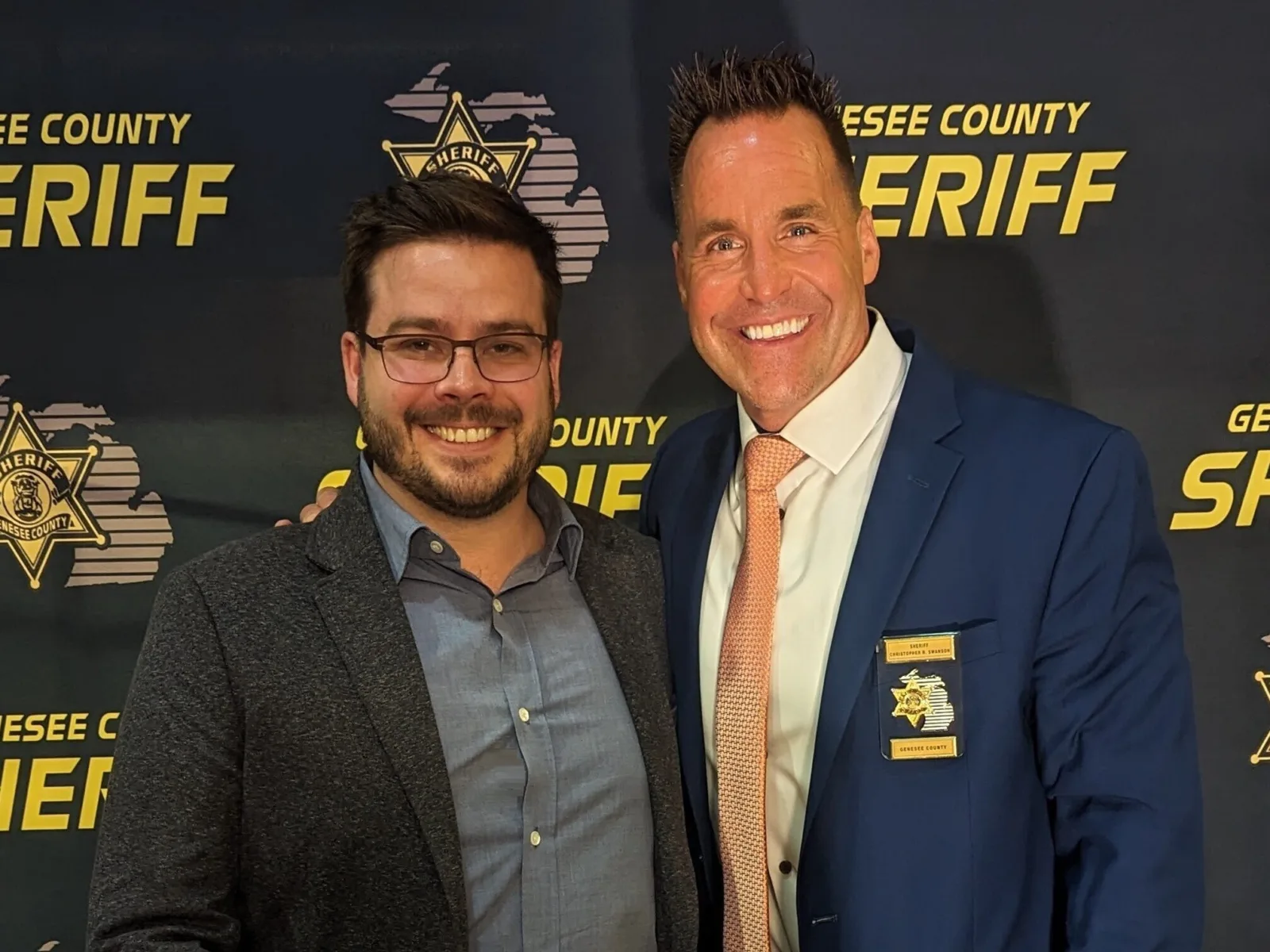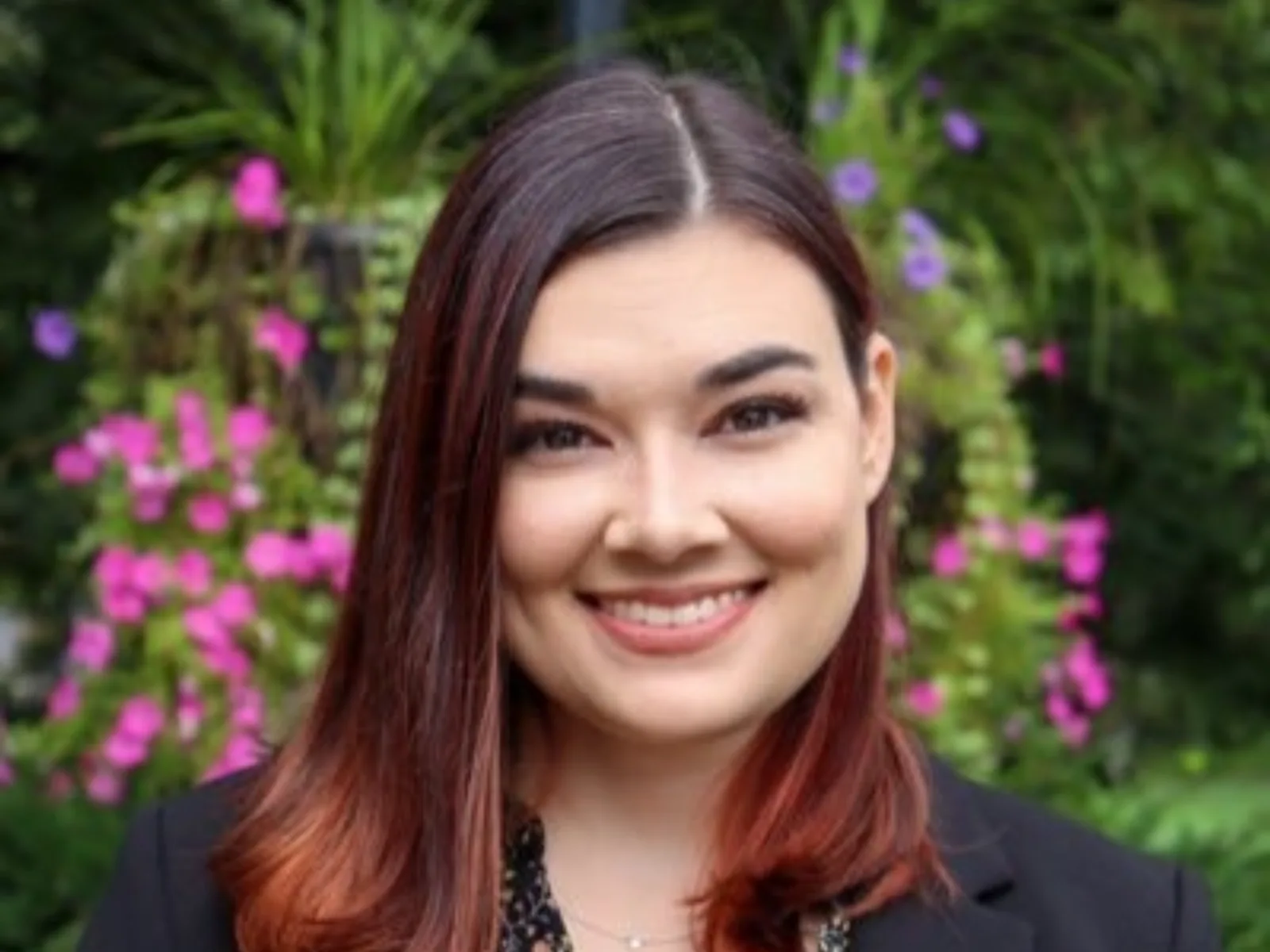Youth crime rates across the country are on the decline, but violence and other forms of antisocial behavior in schools remain serious problems. They impact young people’s ability to learn, can lead to disciplinary actions that damage their life outcomes, and can have a spillover effect in terms of community safety. Youth advocacy organizations have tried a wide range of violence interventions, and while many appear promising, little rigorous evidence exists to inform policymakers whether those programs truly help kids — and are worth the cost.
To help address this, Arnold Ventures (AV) is supporting a multi-site study of PeaceRox, a school-based violence prevention program in Austin, Texas, that incorporates counseling and training. An interdisciplinary research team including Becky Pettit, J. Mark Eddy, and Stephanie Rivaux at the University of Texas at Austin, and Henrika McCoy at the University of Denver, are conducting a randomized controlled trial (RCT) of the program in three high-need schools. They are working in close partnership with the community-based organization Council on At-Risk Youth (CARY), which implements PeaceRox, to understand its impact on student outcomes like school attendance, grades, and engagement with the juvenile and adult legal systems. The project will also examine how the program works to inform expansion efforts.
“We are excited to support a rigorous evaluation of CARY’s innovative youth violence prevention work with an eye toward seeing effective programs proliferate and scale” says Josh Jackson, criminal justice research manager at AV. “These programs have the potential to help at-risk students remain connected to school and stay out of the criminal legal system.”
We sat down with Pettit and Eddy, along with CARY Executive Director Shana Fox, to discuss youth violence in schools and how the research team will evaluate the solutions that PeaceRox provides.
This conversation has been edited for clarity.

Arnold Ventures
Tell us more about PeaceRox.

Shana Fox
PeaceRox is a violence reduction program operating in 20 schools in central Texas. We focus on students who are in the disciplinary system for serious incidents involving gangs, weapons, assaults, and drugs. The program consists of a year-long, evidence-based curriculum of group and individual counseling, with training in anger management, empathy, and social skills. There is a service-learning component, where students lead a project in the community. We also offer parent-empowerment sessions, so that parents are aware of what their kids are learning. Our goals are to improve grades and attendance and decrease serious behavioral incidents at school. We also track students’ involvement with the juvenile justice system.

Becky Pettit
Our research team is conducting a two-part evaluation of the program using a longitudinal RCT. One part is a process evaluation, which looks at what PeaceRox is, how it works, and how it is implemented in schools. The other part evaluates the impact of the program on participants.

Arnold Ventures
What problem is PeaceRox attempting to solve?

Becky Pettit
Austin is one of the safest cities in the country, but there’s still a lot of concern about youth violence, and students could use extra support. Moreover, these problems are concentrated in certain schools.

Shana Fox
Our program addresses the cycle of youth violence. Students have been exposed to violence, and then they perpetuate it. PeaceRox aims to intervene in that cycle and provide students with opportunities to choose different paths.

J. Mark Eddy
The program focuses on helping students to stop engaging in common, day-to-day violence, like verbal aggression or physical fights that happen in a school setting. Those kinds of behaviors can lead to a disciplinary referral that gets them on a list and may lead to involvement in the juvenile justice system. Once they are involved in those behaviors and with that system, they are one step closer to becoming involved in more serious antisocial behaviors and eventually the adult criminal justice system.

Arnold Ventures
How did each of you personally become interested in this issue?

Becky Pettit
I am a demographer by training, and I have been working in this area for about 25 years. Since I moved to Texas 10 years ago, I have been researching Class C misdemeanors and low-level fines and fees, which are seemingly innocuous but have consequences, depending on a person’s capacity to pay. And through that work, I developed a relationship with the Office of Violence Prevention in Austin, which works with CARY. This project came out of UT Austin’s desire to use research to inform policy and practice partnerships.

J. Mark Eddy
Over my 40-year career, I have worked my way through different public service systems and within them have conducted research related to the prevention of interpersonal violence. Most of that work has been RCTs, like the current study. I have a strong commitment to try to make a difference around youth violence. Often, kids start small and, if something isn’t done to change the trajectory, escalate and get involved in all kinds of bad stuff. If we can figure out how to catch problems when they are little, that could have great societal benefits, because then kids won’t continue along a path that leads to a lot of pain for everyone involved, including ending up getting stuck within systems. We want to find ways to break that cycle and foster growth in a positive direction.

Shana Fox
When I was in grad school, I was assigned to do fieldwork at a juvenile detention facility. I didn’t even know that they existed before that. From the bottom of my heart, I knew that there had to be a better way. When I graduated, I became a counselor with CARY, and I have been the Executive Director of CARY for nine years now. It’s my whole passion. I really wanted to work with kids in a school setting, and I wanted to get ahead of juvenile detention.

Arnold Ventures
How did you design this study, and where do you see it leading?

Becky Pettit
The study is about a year old, so we are in the very early stages. A big piece of this project has been building a research-practice partnership. For the last year, we have been building relationships with CARY and the school personnel. Our research design is to identify all the young people eligible for PeaceRox, get their consent to participate in the study, and then randomize them to either get an offer to participate in PeaceRox or not get an offer. We will collect data at the time of intake and after each semester of the two-semester program. Right now, we are in the enrollment phase.

J. Mark Eddy
Conducting RCTs is complicated, more so than simply randomizing people and then looking at official records later. Successful RCTs are based on relationships that are marked by characteristics like trust, clarity, and persistence. This particular RCT requires close work between our research team, the staff at CARY, the school staff, and the participating students and their caregivers. We spend a lot of time talking about the research design and trying to solve problems together.

Arnold Ventures
How could this program benefit both individuals and community safety more broadly?

Becky Pettit
One of our research interests is in whether involvement in the program impacts students’ later contact with the criminal justice system, especially through measures like arrest rates. But there are other measures that we and CARY also care about, like student attendance, high school completion, and change in disciplinary referrals. We’re measuring social and psychological outcomes, too. Stephanie Rivaux, one of our research team members, built a series of measurements to investigate coping mechanisms, anger management, and relationships. There are a lot of ways to measure a program’s impact. We have been encouraging people in positions of power — in the policy and funding domains — to think more broadly than just what is observed in official records.

Arnold Ventures
Why is rigorous, evidence-based research important in making good policy?

Becky Pettit
Rigorous research adds a level of legitimacy. A program may be quite legitimate in its own right, but research provides evidence of effectiveness for policymakers and funders to invest in programs and help them grow. The kind of work that Mark and I do is legible to policymakers and funders, and we hope it can create opportunities for local partners like CARY.

J. Mark Eddy
Science is a way of doing things, and for science to effectively inform practice and policy, the replication of findings is a must. We need to conduct a whole bunch of rigorous studies on these kinds of interventions so that we can see the range of the effects and whether they’re worth investing in. A key question is not just whether something “works” but who does it work for, when, and delivered by whom? Anybody who has a nonprofit delivering a program believes strongly in their program — otherwise they wouldn’t be doing it. The question is whether it’s making the desired difference for each child with whom you hope to make that difference. Doing this kind of study is valuable in that it brings an important level of evidence to the table that is needed to make decisions about what is best for the future.

Shana Fox
For CARY, there are a few reasons. One is funding. Facts make a compelling argument for investing in a program. I can talk anecdotally about the change that CARY makes, but an external evaluation, especially an RCT, is the Holy Grail. The second is that it could allow us to become a federal blueprint model, which would help us expand. The third is that it will help us improve delivery to our kids. The research is likely to illuminate important elements of the program, and that will help us better serve our students.






















